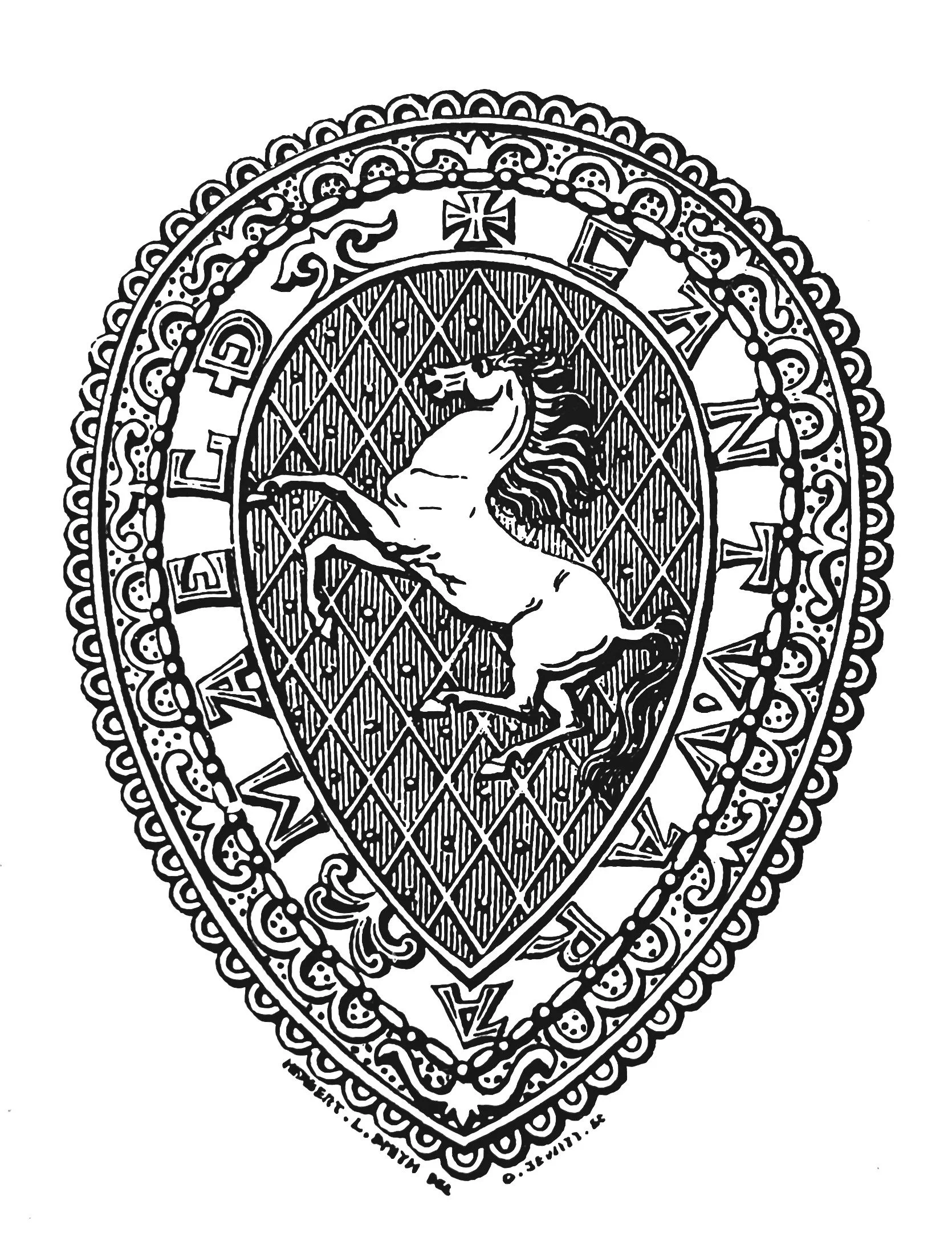
KAS Newsletter, Issue 3, Spring 1983
New Celtic coins acquired, North Kent pottery research, AGM updates, photo contest, and excavation news.
Contributions to the next issue are welcome. See the guidance for contributors and contact Editor Craig Campbell.
Search page
Search within this page here, search the collection page or search the website.
Previous
Previous
Lecture Diary
Next
Next
A New Purchase: Two Celtic Coins
Written By KAS
Featured
KAS Newsletter, Issue 3 (Spring 1983). Maidstone: Kent Archaeological Society.
KAS Newsletter, Issue 3 (Spring 1983). Maidstone: Kent Archaeological Society.
KAS Newsletter, Issue 3 (Spring 1983). Maidstone: Kent Archaeological Society.
KAS Newsletter, Issue 3 (Spring 1983). Maidstone: Kent Archaeological Society.
Ted Connell, Secretary, Library & Muniments Committee, 1983, KAS Newsletter, Issue 3 (Spring 1983). Maidstone: Kent Archaeological Society.







